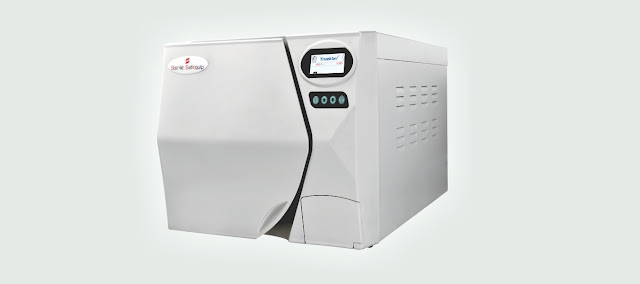Understanding the Chemical Used in Ethylene Oxide (EtO)
Learn about the chemical used in EtO sterilizer, its properties, safety considerations, and applications. Discover more here.
Introduction:
In the realm of sterilization, Ethylene Oxide (EtO) stands as a widely employed chemical. Its exceptional characteristics make it a potent sterilizing agent, finding utility across diverse applications. This blog post aims to delve into the composition of the chemical used in EtO, its properties, safety considerations, and its manifold applications. Let us embark on an exploration of this pivotal sterilization method.
Understanding the Chemical Constituent of EtO: Ethylene Oxide, commonly known as EtO, manifests as a colorless, flammable gas with a faintly sweet scent. It bears the chemical formula C2H4O, composed of two carbon atoms, four hydrogen atoms, and one oxygen atom. EtO exhibits remarkable reactivity and versatility, attributing to its effectiveness as a sterilizing agent.
Properties of EtO: EtO possesses several key properties that make it ideal for sterilization purposes. Firstly, it has excellent penetrating power, enabling it to reach various surfaces and materials. This property is particularly beneficial when sterilizing complex medical instruments or equipment with narrow lumens. Additionally, EtO is compatible with a wide range of materials, including plastics, metals, rubber, and glass, making it suitable for diverse sterilization needs.
Safety Considerations: While EtO is an effective sterilizing agent, it is essential to be aware of the safety considerations associated with its use. EtO is flammable and can be explosive at certain concentrations, so appropriate safety measures must be implemented during its handling and storage. Additionally, exposure to EtO gas can pose health risks, such as respiratory irritation and potential mutagenic effects. Therefore, strict adherence to safety protocols and regulations is crucial to mitigate these risks.
Applications of EtO: EtO sterilization finds applications in various industries. In the medical field, it is widely used for sterilizing surgical instruments, medical devices, and equipment that cannot withstand high temperatures or moisture. EtO is also employed in the food industry to sterilize spices, herbs, and certain food packaging materials. Furthermore, it plays a crucial role in the sterilization of certain consumer products, such as cosmetics and personal care items.
FAQs:
Q1: Is EtO the only method of sterilization?
A1: No, there are various sterilization methods available, including steam sterilization, hydrogen peroxide sterilization, and gamma irradiation, each with its own advantages and limitations.
Q2: How is EtO gas sterilization performed?
A2: EtO gas sterilization is typically carried out in specialized chambers, where the gas is introduced under controlled conditions, allowing it to penetrate and sterilize the items within. Afterwards, aeration is performed to remove residual gas.
Q3: Can EtO gas be harmful to the environment?
A3: EtO gas can contribute to air pollution and harm the environment if not properly controlled. Therefore, strict emission controls and waste management practices are necessary to minimize its impact.
Conclusion:
Ethylene Oxide (EtO) is a powerful sterilizing agent widely used in various industries. Understanding the chemical properties, safety considerations, and applications of EtO is essential for ensuring effective sterilization processes while prioritizing safety. By following appropriate protocols and regulations, EtO can continue to play a vital role in maintaining the sterility of critical instruments and products in numerous sectors.


Comments
Post a Comment